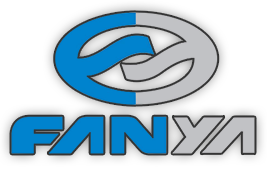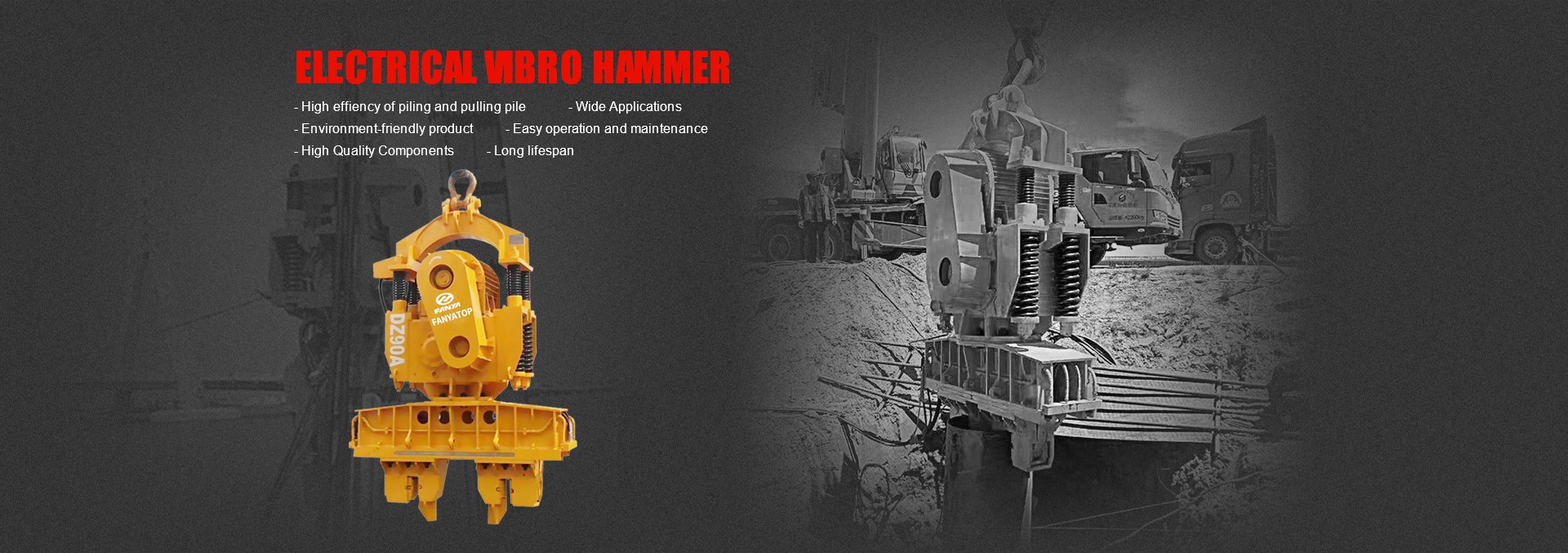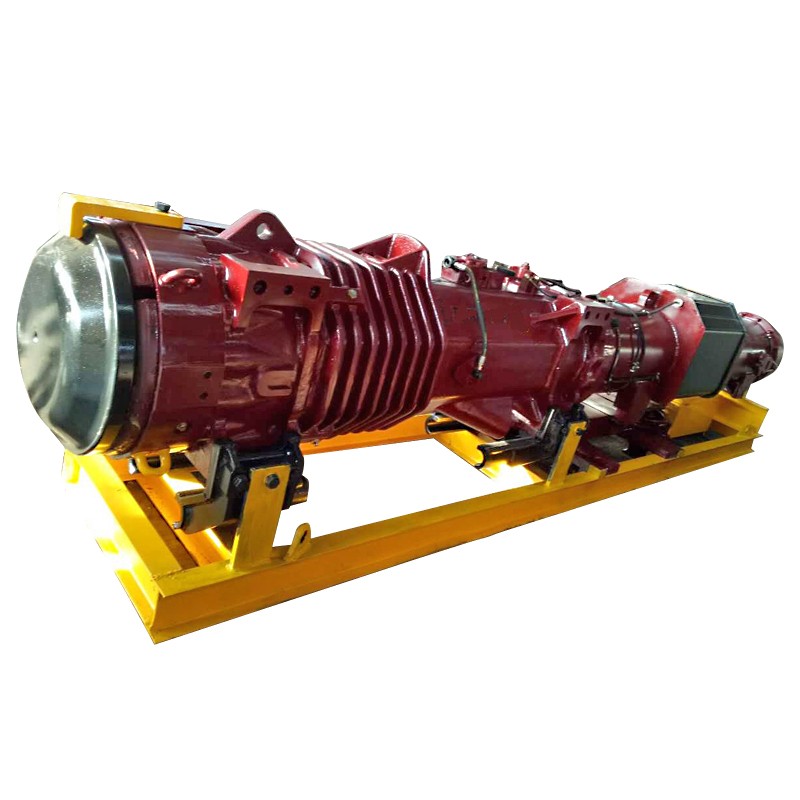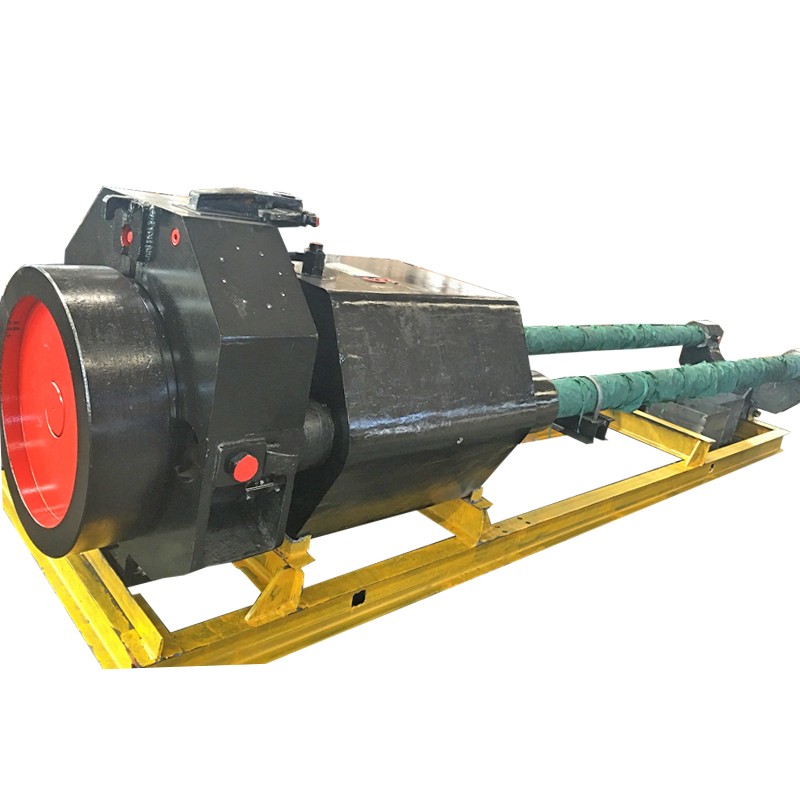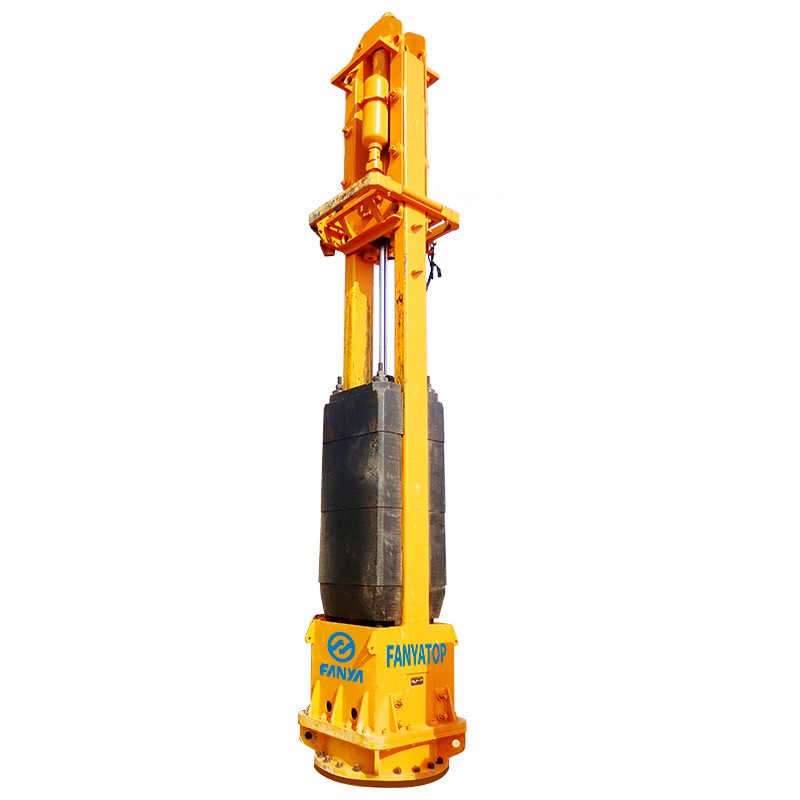Chapter 1: Don't Get Fooled by "Impact Energy"
When a rookie looks at a hammer, the first thing they see is "Maximum Impact Energy," listed in kilojoules (kJ). And yeah, that number is important. It tells you how big the hammer's "punch" is. But if that's the only number you're looking at, you've already lost half the battle.
What truly makes a Hydraulic Pile Driver great isn't how hard it can hit, but how smart it can hit. I break it down into three words: Control, Consistency, and Efficiency.
Control is the Old Pro's "Feel"
Imagine you're driving a long concrete pile. At the start, what you need is a "jab"—short strokes, high frequency—to gently "kiss" it into the ground and keep it perfectly vertical. If you come out swinging with a haymaker right away, you're likely to crack the pile head or drive it crooked. It's only once the pile is stable and you hit a hard layer that you need to switch to a full stroke, a powerful "uppercut," to drive it home.
The stroke and frequency adjustment on a FANYATOP HM series hammer essentially takes that "feel" that only a seasoned pro has and puts it on a button in your cab. It lets you work like a surgeon, making the precise "cut" for each soil layer. A diesel hammer can't give you that.
Consistency is the Stamina to Go the Distance
A diesel hammer is like a wild brawler in a boxing ring—it comes out swinging hard but gets tired and sloppy. Because of its unstable combustion, every punch has a different force. A good hydraulic hammer, on the other hand, is like a champion boxer—every single punch is delivered with the same rhythm and power, round after round.
That consistency comes from its powerful hydraulic "heart." It guarantees the ram is lifted to the exact same height and drops with the exact same velocity, every single time. That means predictable quality and a steady, reliable energy transfer into the pile.
Efficiency is Making Every Punch Count
Of all the energy your hammer creates, how much of it actually gets to the pile tip? We call that "energy transfer efficiency." A cheap hammer, with a poorly designed anvil or the wrong cushion material, will waste a huge amount of energy as noise and destructive vibration.
When you look at a FANYATOP hammer, you can see they've obsessed over these details. Their anvil and cushion system is engineered to make every impact a calculated transfer of force, "channeling" the maximum amount of energy deep into the pile. That's what gives you the confidence to take on the toughest ground.
So, remember the first unwritten rule: Don't just ask "how hard does it hit?" Ask "how does it use its strength?"
Chapter 2: A Hammer's Weak Spot is Hidden Where You Can't See It
You look at a hammer and you see thick steel plates and heavy-duty hoses. But its real weak spots—the things that determine how long it will live and how well it will work—are all hidden inside the casing.
Weak Spot #1: The Ram – Is It Forged Steel or Polished Junk?
The ram is that massive block of metal that gets lifted and dropped, over and over. It's the most abused part of the whole machine. I've seen rams on cheap hammers develop hairline fractures in less than a year or permanently deform after a tough job because of improper heat treatment. Once the ram goes, the hammer is basically scrap metal.
This is why a manufacturer like FANYATOP obsesses over the material and forging process of their rams. They use high-strength alloy steel, forge it repeatedly to hammer out impurities and internal stresses, then put it through a complex heat treatment to make it both incredibly hard and tough. Only a ram made like that can withstand millions of impact cycles.
Weak Spot #2: The Hydraulic System – The Brains or a Ball and Chain?
The hydraulic system is the brain and nervous system of your Steel Pile Driving Hammers. Its valve blocks, pumps, and motors determine the hammer's reaction time and reliability. A low-quality hydraulic system is like a slow, clumsy brain. It's frustrating to operate and will constantly give you headaches with leaks and stuck valves.
This is why anyone who knows hammers will always ask about the brand of the core hydraulic components. What does FANYATOP use? They use the top-tier, globally recognized brands. Those names represent stability and reliability. The extra you pay for those brands isn't for a logo; it's for the guarantee of thousands of hours of trouble-free operation.
Weak Spot #3: The Leader – A Partner or a Liability?
A lot of guys focus only on the Piling Drive Hammer itself and forget about the leader. The leader is the hammer's trusted partner; it holds the hammer steady and guides the pile straight down. A poorly designed, flimsy leader will flex and wobble during impact, ruining your accuracy and transferring damaging stress to your crane.
This is especially true for marine piling. Out on the water, with wind and waves, a rigid, precise leader is your anchor. When you're driving a Piling Hammer Marine Pile, that leader is what keeps the chaos at bay. The leader systems FANYATOP provides have been proven in the field to be both incredibly strong and easy to adjust.
The second unwritten rule: When you buy a hammer, you need X-ray vision. You have to see its guts.
Chapter 3: Some Straight Talk from the Job Site
I'm guessing you've still got a few questions. Let's not beat around the bush.
Q: "This thing looks expensive. Is it going to be a nightmare to maintain?"
A: It's the exact opposite. The better a hammer is built, the easier it is to maintain, because it was designed for the long haul. Your daily routine is simple: keep it greased, check for leaks, and change the hydraulic fluid on schedule. A major overhaul? With a good hammer, you might not have to worry about that for years. A cheap hammer? You'll be changing seals one week and fixing valves the next. That's the real money pit.
Q: "I do a lot of work in the city. How do I deal with noise and vibration?"
A: That's where a hydraulic hammer shines. First, it doesn't have the explosive noise of a diesel. Second, like I said before, you can precisely control the impact energy. When you don't need full power, you dial back the stroke, and the noise and vibration drop instantly. Winning a city contract often comes down to whether or not you have that level of control.
Q: "If I take on an offshore wind project, can this hammer handle it?"
A: Not only can it handle it, it's what it's built for. The biggest fear in offshore work is equipment failure; the cost of a rescue is astronomical. That's why "reliability" is the first word on every offshore equipment list. The high reliability and fully enclosed design of the FANYATOP HM series were made to deliver consistent power in the high-salt, high-humidity, high-stakes offshore environment.
A Final Word from the Heart
Look, I know buying a piece of equipment like this is a huge investment. Nobody's got money to burn. But in this line of work, the most expensive things are never the tools themselves. They are "time" and "surprises."
A good Hydraulic Impact Hammer saves you precious time, letting you finish your project faster so you can get to the next one. It saves you from nasty surprises, letting you sleep soundly at night instead of being jolted awake by a call from the site.
Don't just stare at the number on the quote. Look at the hammer's heart—its ram and its hydraulic system. Feel its technique—how flexible its control system is. And ask the old-timers who've used one for a decade if it's a partner they can trust.
There are many kinds of power, my friend. But only the kind of power that is both strong and obedient will truly help you stand your ground and earn respect on the job site.
